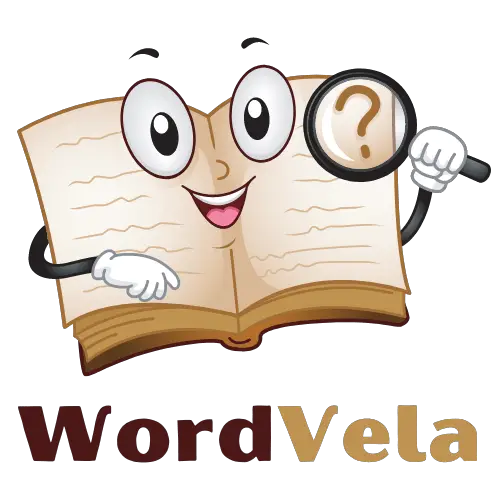Welcome! If you’ve ever been unsure about whether to use “mostly welcome” or “most welcome,” you’re not alone.
In this article, we’ll clarify the confusion and provide a straightforward answer to the question: Mostly Welcome or Most Welcome, which is correct? So let’s dive in and put an end to this grammatical dilemma once and for all.
When it comes to expressing hospitality or showing appreciation, these two phrases often leave people pondering their proper usage. To keep it simple, the correct phrase is “most welcome.” This expression conveys a warm invitation or gratitude towards someone.
On the other hand, “mostly welcome” doesn’t hold the same meaning and isn’t commonly used in English language conventions.
Table of Contents
Mostly Welcome or Most Welcome? Which Is Correct?
Mostly Welcome vs. Most Welcome
| Feature | Mostly Welcome | Most Welcome |
|---|---|---|
| Correctness | Grammatically correct | Most natural and idiomatic |
| Meaning | Indicates something is partially welcome, with some reservations or exceptions | Shows full and enthusiastic welcome |
| Example | “The new policy was mostly welcomed by the community, with some concerns about its implementation.” | “You are most welcome! I was happy to help.” |
| Formality | Can be used in both formal and informal contexts | Generally used in informal contexts |
| Tone | Can be neutral or slightly negative | Positive and enthusiastic |
In most cases, “most welcome” is the preferred choice. It offers a clear and positive expression of welcome, without any potential ambiguity. If you want to express that something is not wholeheartedly welcome, “mostly welcome” can be used, but be aware of its specific connotation.
Is It Ok to Say Most Welcome?
Saying “most welcome” is generally okay, but it depends on the context and what you want to convey. Here’s a breakdown to help you decide:
When “most welcome” works well:
Understanding the Difference:
When it comes to using “mostly welcome” or “most welcome,” understanding their differences can help you choose the correct phrase for various situations. Here’s a breakdown of how they differ:
Usage:
Adverb vs Adjective:
Subjectivity:
Contextual Examples:
Usage and Context:
When it comes to determining whether “mostly welcome” or “most welcome” is correct, understanding the usage and context of these phrases can provide clarity. Let’s explore the different scenarios where each phrase is appropriate:
Mostly Welcome:
Most Welcome:
It’s important to note that both phrases are grammatically correct but used in different contexts.
Usage Examples:
| Phrase | Context | Example Sentence |
|---|---|---|
| Mostly Welcome | Conditional | You are mostly welcome to use my laptop, unless I need it. |
| General Acceptance | Visitors are mostly welcome at the park after 10 AM. | |
| Most Welcome | Hospitality | You’re most welcome to stay with us for the weekend! |
| Gratitude | Thank you for your help – you’re most welcome! |
How Do You Use Most Welcome in A Sentence?
“Most welcome” can be used in various sentences depending on the context and the level of formality you want to convey. Here are some examples:
Informal contexts:
Responding to Thanks:
Formal contexts:
Responding to thanks:
Adding emphasis:
- “You are most welcome! I was truly happy to help.”
- “Please, most welcome! Come back anytime.”
Common Mistakes to Avoid:
Here are some common mistakes to avoid when using the phrases “mostly welcome” and “most welcome”:
Final Thoughts! Mostly Welcome or Most Welcome?
After examining the usage and context of “mostly welcome” and “most welcome,” it is clear that both phrases are correct. However, their meanings differ slightly.
“Mostly welcome” indicates a general acceptance or approval with some reservations or exceptions. It suggests that while something is largely welcomed, there may be certain conditions or limitations attached to it.
On the other hand, “most welcome” expresses wholehearted acceptance and warm hospitality without any reservations. It conveys a sense of genuine enthusiasm and openness towards something or someone.
So, whether you want to convey a more cautious endorsement using “mostly welcome” or express an enthusiastic reception with “most welcome,” both options are grammatically accurate depending on the desired emphasis and intention behind your statement.
Latest Posts!
- 9 Proper Ways to Sign a Letter on Behalf of Someone Else!
- Do You Put a Comma After Yesterday? Here Defined:
- 12 Professional Ways to Say I Will Keep You Posted!
- 10 Other Ways to Say Well Received in An Email!
- 12 Other Ways to Say Thank You for Your Attention!
- Secretary’s or Secretaries’ or Secretaries? Which Is Correct?











Leave a Reply